To keep his whereabouts secret, President Ho took the name Van Ba and applied to work as a kitchen assistant on the Amiral Latouche Tréville ship of the Chargeurs Réunis shipping company (we called it the Five Star Company, because there were five stars painted on the ship's chimney). Ba applied for a job at the company's headquarters on the first floor of Café La Rotonde at 2 Catinat. Ba went to work on the ship on June 3, 1911, two days later, the ship weighed anchor for Singapore and then to France (according to Hong Ha - Uncle Ho's Youth , Thanh Nien Publishing House, Ho Chi Minh City, 1976, p.16).
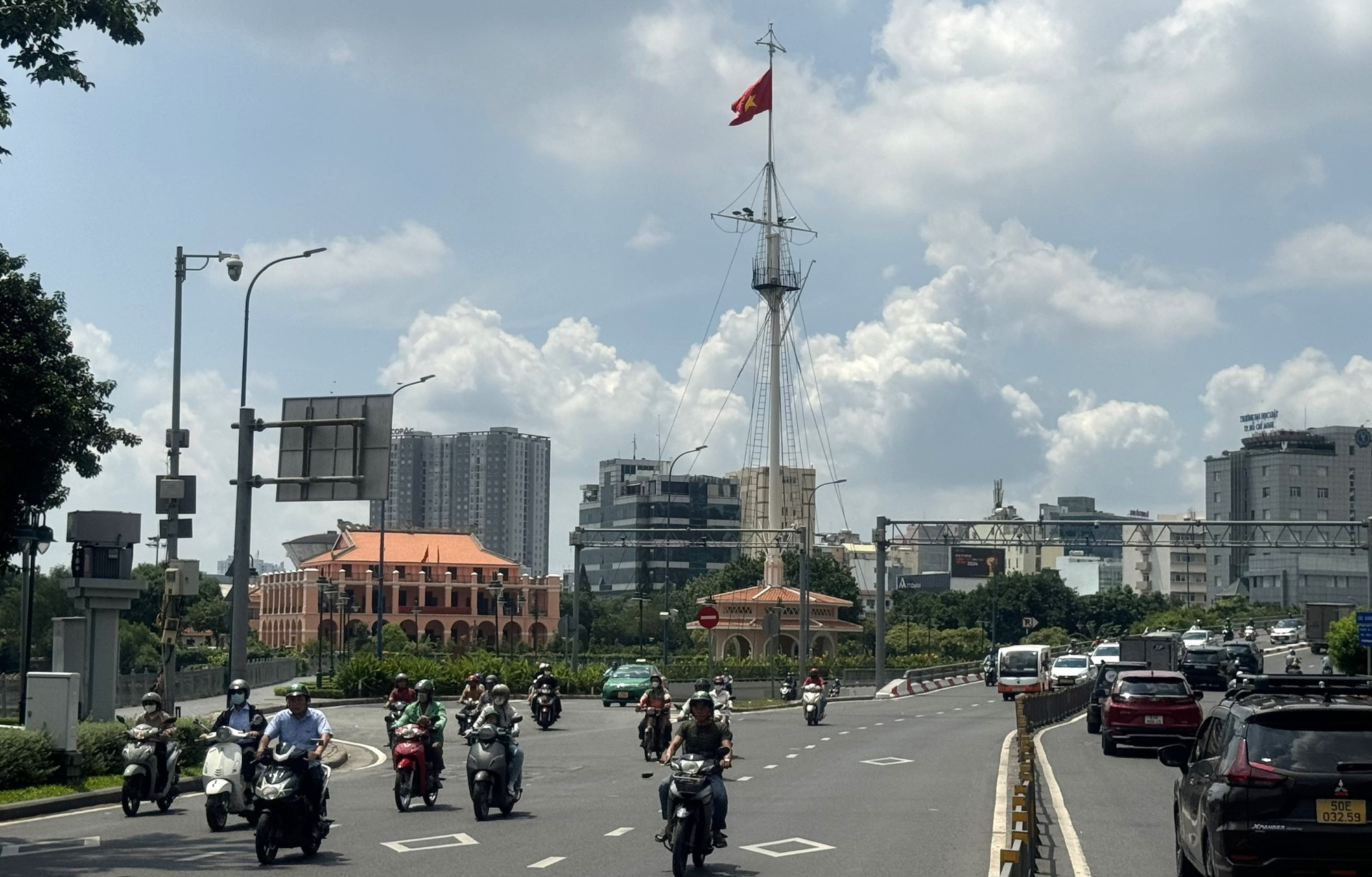
End of Nguyen Hue Street looking towards Nha Rong Wharf (now Ho Chi Minh Museum)
Nha Rong and Nam Sao were the two largest shipping companies at that time. Each company docked its ships separately, so they could not be mixed up.
The Nha Rong Company (Messageries Impériales) was a veteran French shipping company that had been operating in Saigon since 1862. It built a massive headquarters on the Ben Nghe Canal with a curved roof decorated with a pair of dragons fighting over the moon. The chimneys of the company's ships had horse heads painted on them, so the people called it the Dau Ngua Company. After the 1870 revolution in France, the company changed its name to Messageries Maritimes. All ocean-going ships of the Dau Ngua Company, when arriving in Saigon, docked at Nha Rong wharf, which was the company's exclusive place.
According to the report read at Nha Rong Memorial on May 19, 1986 by the Director of Ba Son Factory: The Five Star Company, also known as Chargeurs Réunis, organized regular transportation between France and Indochina since 1901. The company had a fleet of seven merchant ships. Six large ships divided into routes between French ports and Indochina. The smaller Cho Lon ship ran year-round. From Indochina to France, there were two departure points: from Hai Phong and from Saigon.
The Amiral Latouche Tréville was built by the La Loire shipyard in the Saint Nazaire region, launched on September 21, 1903, and registered at the port of La Havre in 1904. This was one of the large ships of the early 20th century, carrying both people and cargo.
The document Direction générale des TP - Port de Commerce de Saigon (Saigon, 1912) clearly states: The ship Amiral Latouche Tréville from Hai Phong arrived at Saigon port on June 2, 1911 with a tonnage of 3,572 tons, with captain Maisen and a crew of 69 sailors. On June 3, 1911, Van Ba went aboard as a kitchen assistant, and on June 5, 1911 the ship weighed anchor. From here, let's find out which port this ship arrived at when it arrived at Saigon port.
In 1911, Saigon Port was divided into two parts: the military port and the commercial port. The military port was about 600 meters long, from Ba Son factory to Me Linh construction site. The commercial port was also 600 meters long, from Me Linh construction site to Khanh Hoi bridge (then called Quai Francis Garnier, now part of Ton Duc Thang street). Nha Rong wharf was on the Khanh Hoi side, considered to be connected to the commercial port. The riverbank on the Khanh Hoi side from Nha Rong border to Tan Thuan bridge was over 1 km long and called Tam Hoi wharf. That wharf did not have a wharf, warehouse and necessary equipment for loading and unloading goods. Khanh Hoi bridge was not yet solid enough to connect the railway from Saigon.
Thus, large ocean-going ships could not dock at Tam Hoi. In 1914, Tam Hoi port - later called Khanh Hoi port - was inaugurated (at the same time as the new Ben Thanh market now). Therefore, the Amiral Latouche Tréville and other ships of the Five Star Company all had to dock at Saigon commercial port, in today's District 1.
The commercial port in 1911 was quite busy, fully equipped and located at a very convenient traffic hub, only 600 m long but had 6 boulevards leading to the port. These were Paul Blanchy (Hai Ba Trung), Catinat (Dong Khoi), Charner (Nguyen Hue), Krantz and Duperré (Ham Nghi) streets. The railway station to My Tho and Phan Thiet was located at the beginning of Ham Nghi street, approaching the commercial port. Ben Thanh Market (old) was located near the beginning of Nguyen Hue street, now the treasury. Through the commercial port, the volume of passenger and cargo transport increased day by day.
At that time, Saigon commercial port had 5 wharves: 3 small wharves at the beginning of Catinat Street (Dong Khoi) for river transport companies, 1 large wharf at the beginning of Charner Street (Nguyen Hue) for large ocean-going ships and 1 medium wharf at the beginning of Krantz Duperré Street (Ham Nghi) for Chinese shipping companies. As Brébion described the Saigon commercial port in 1911 in Revue Indochinoise : "On the Francis Garnier wharf (now part of Ton Duc Thang street from Me Linh square to Khanh Hoi bridge), on the river bank there are many types of piers occupying space. One of the largest piers is where large ships of the Chargeurs Réunis company dock. At the head of the commercial port wharf (the beginning of Catinat - Dong Khoi street) are piers for ships of the Messageries Fluvialles company (specializing in river transport)" (Antoine Brébion - Monographie des Rues et Monument de Saigon , in Revue Indochinoise , 1911, pp. 357-376).
Thus, it can be affirmed that the ship Amiral Latouche Tréville above, with Mr. Van Ba as a kitchen assistant, docked at the large pier at the end of Nguyen Hue Street today. A spacious and open location overlooking the mainland through the spacious Nguyen Hue Street, seeing the old Xa Tay house, looking across the river, seeing the massive Nha Rong with its impressive European and Asian mixed appearance (now the Ho Chi Minh Museum) and the vast river and forests spreading straight to the Pacific Ocean. (to be continued)
(Excerpt from Miscellaneous Notes on Vietnamese History and Geography by the late scholar Nguyen Dinh Dau published by Tre Publishing House)
Source: https://thanhnien.vn/noi-bac-ra-di-tim-duong-cuu-nuoc-185241009213949499.htm





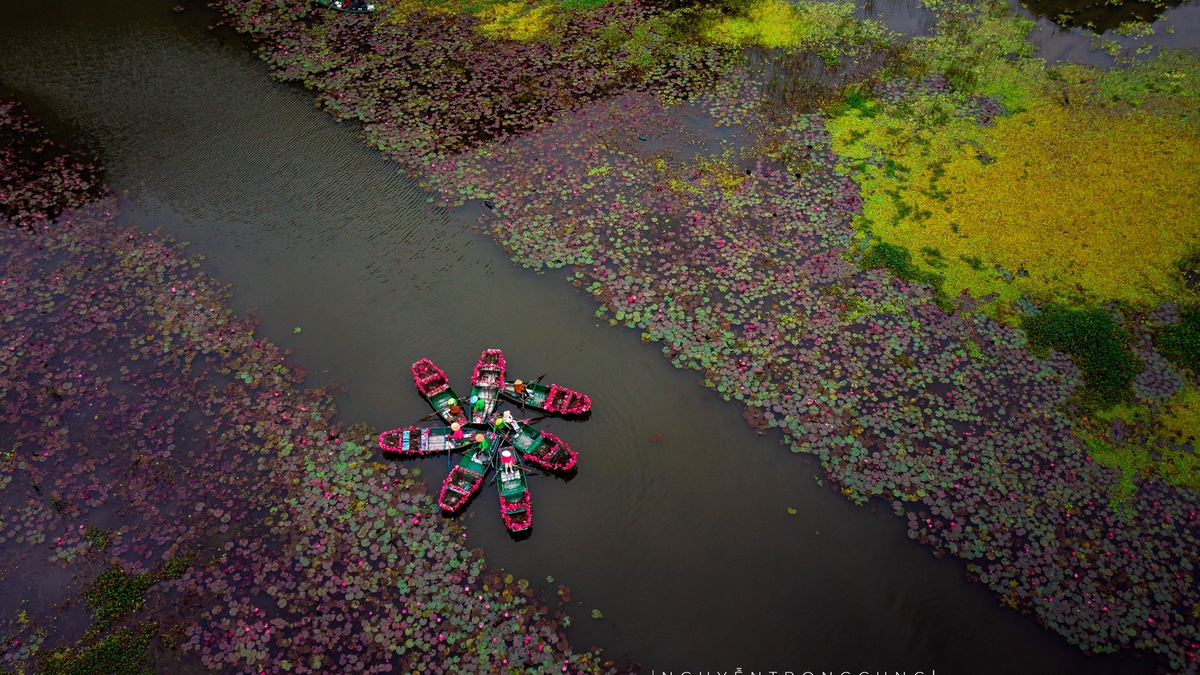
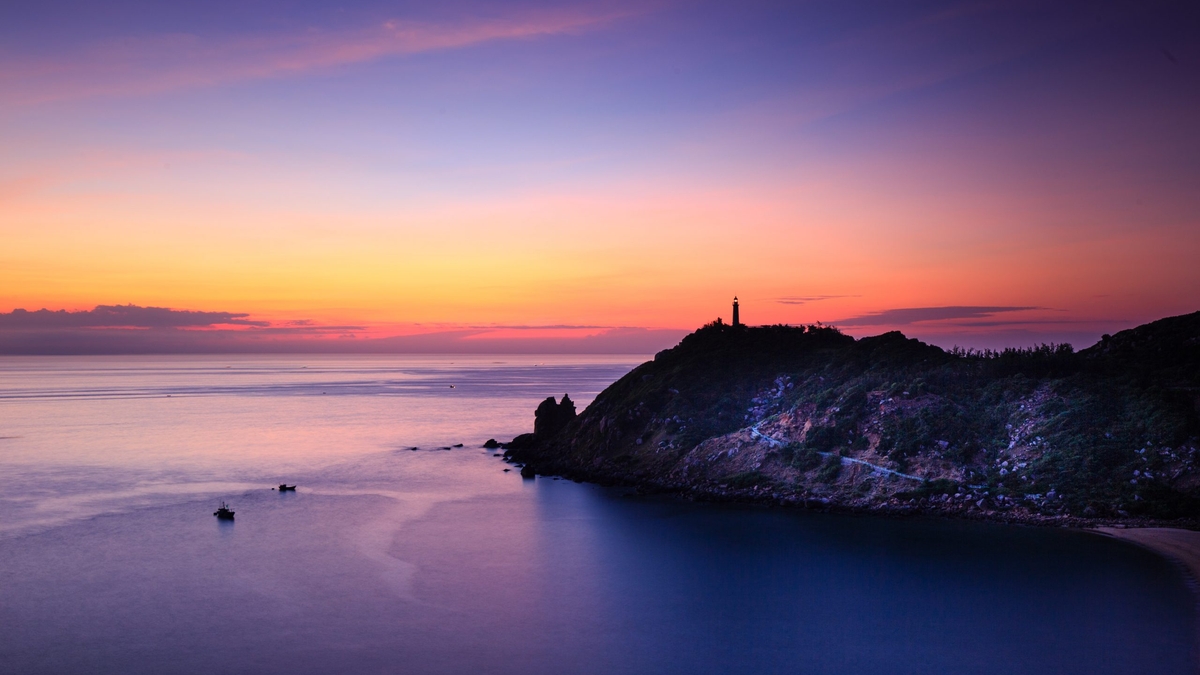

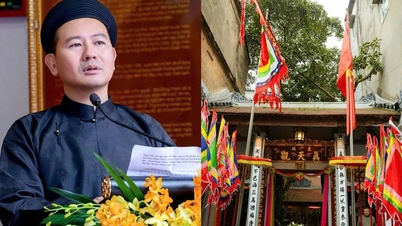







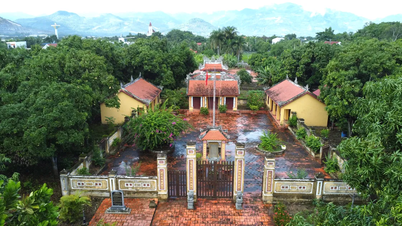







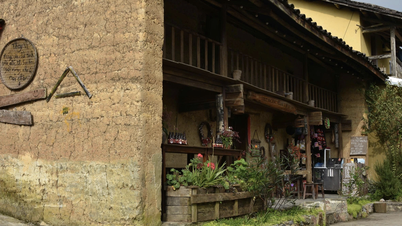




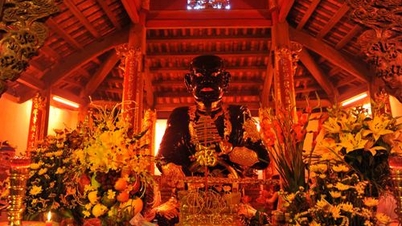

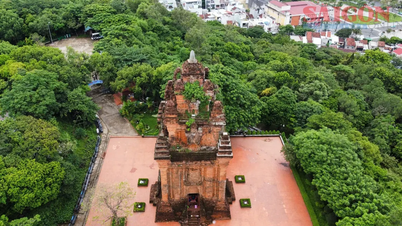




















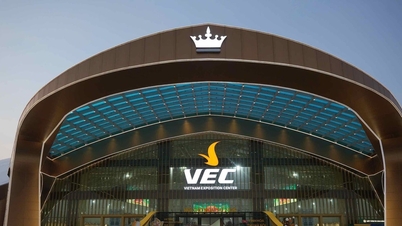




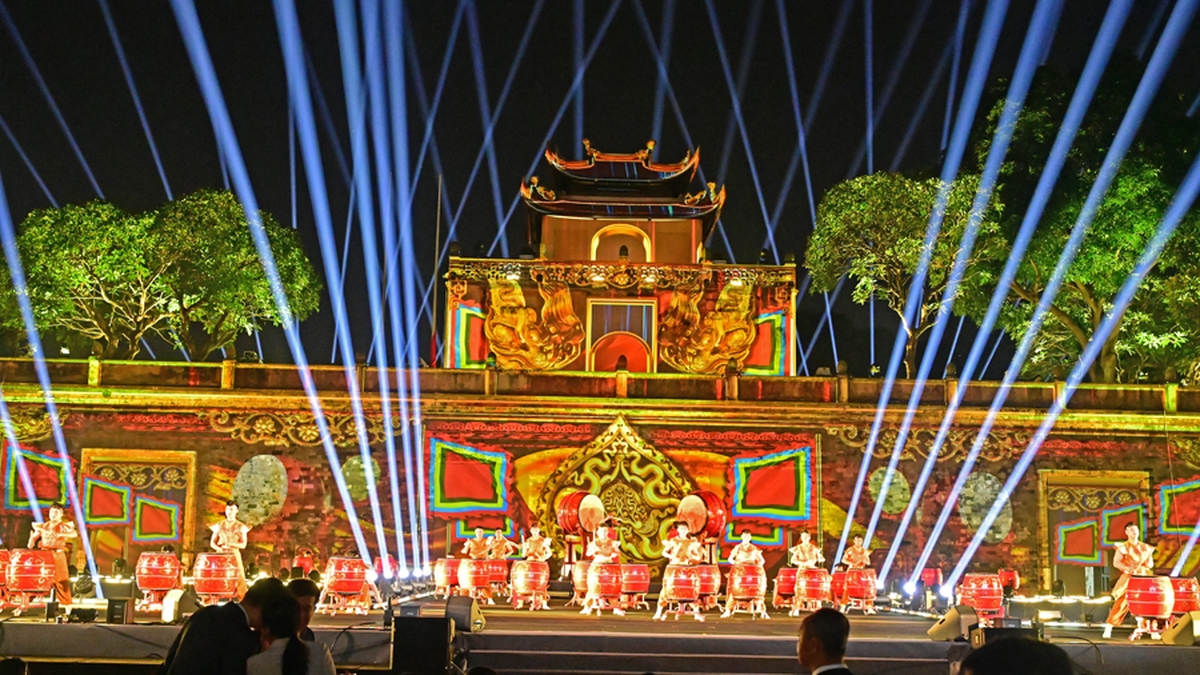
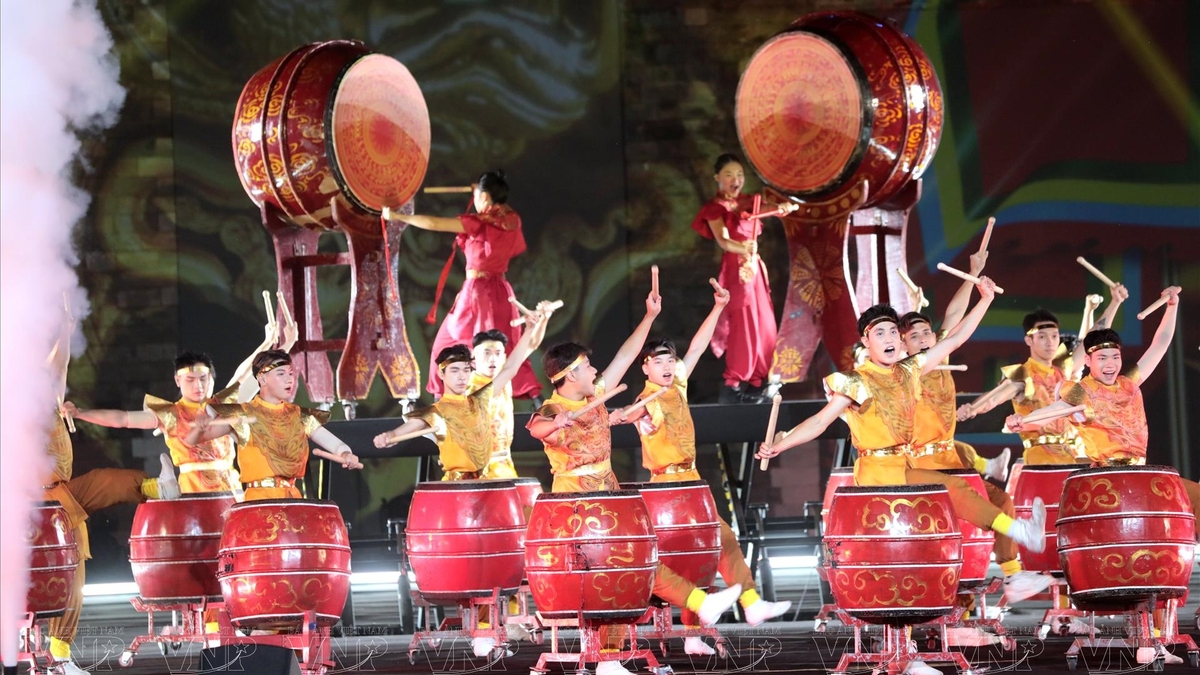
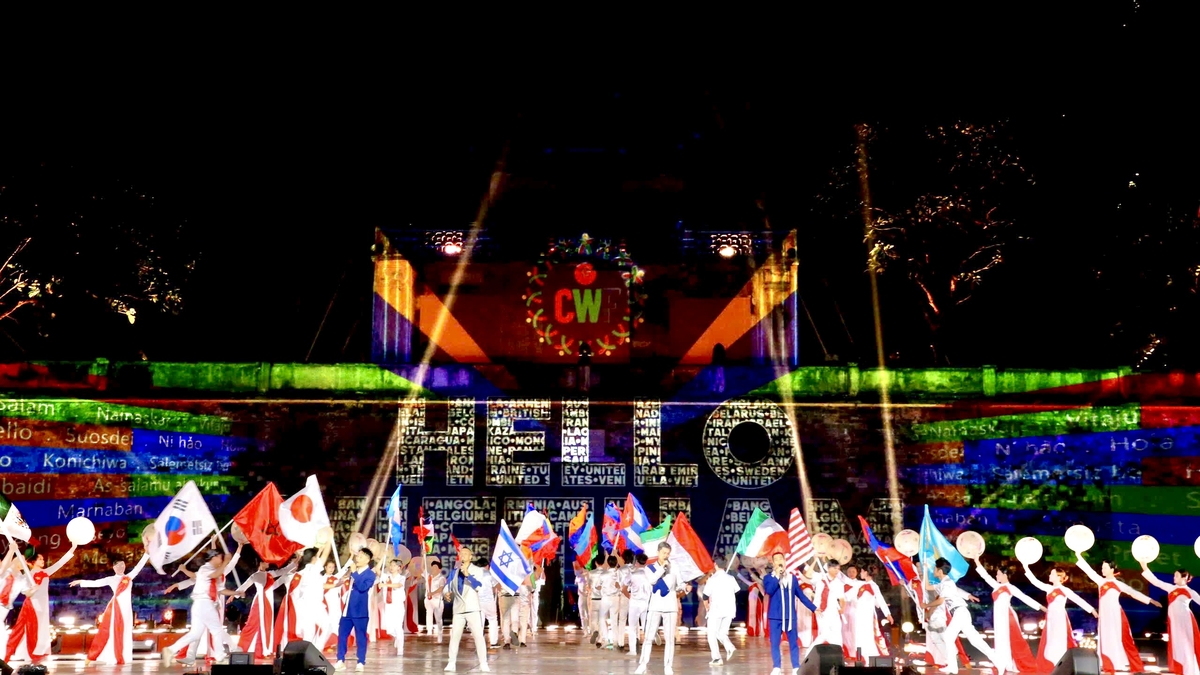




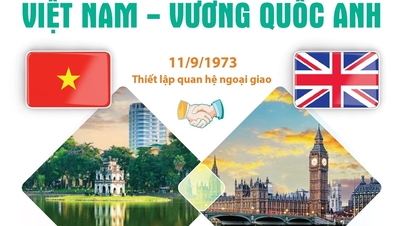







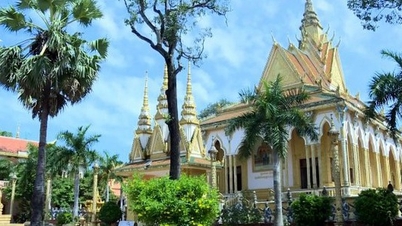
























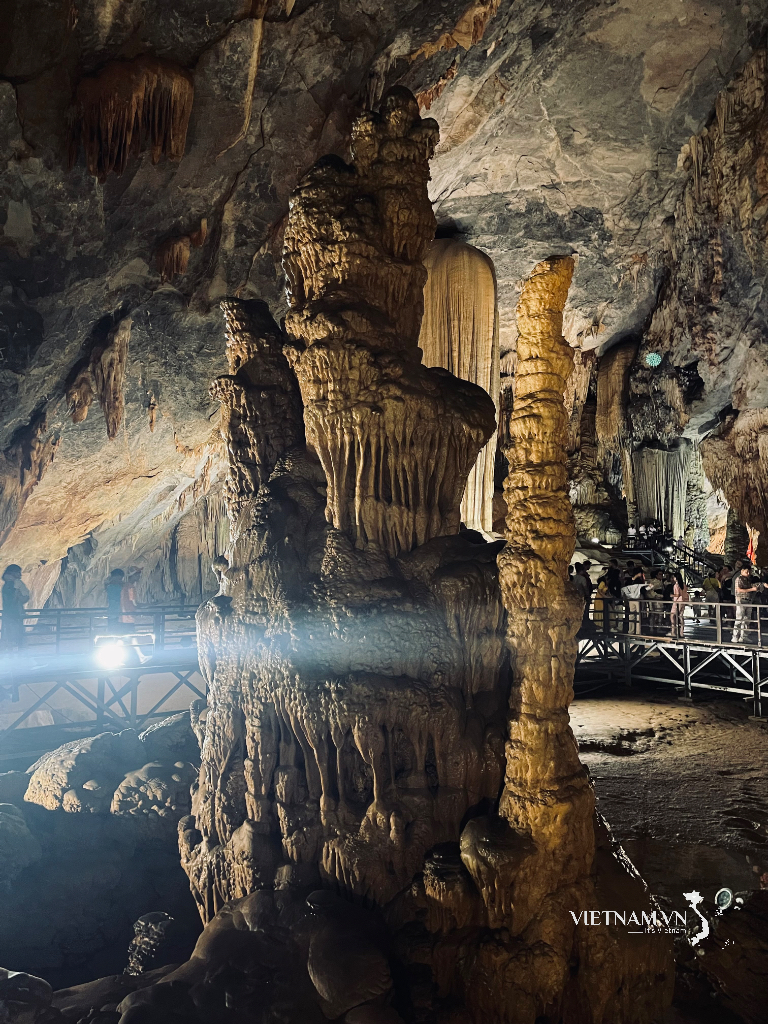
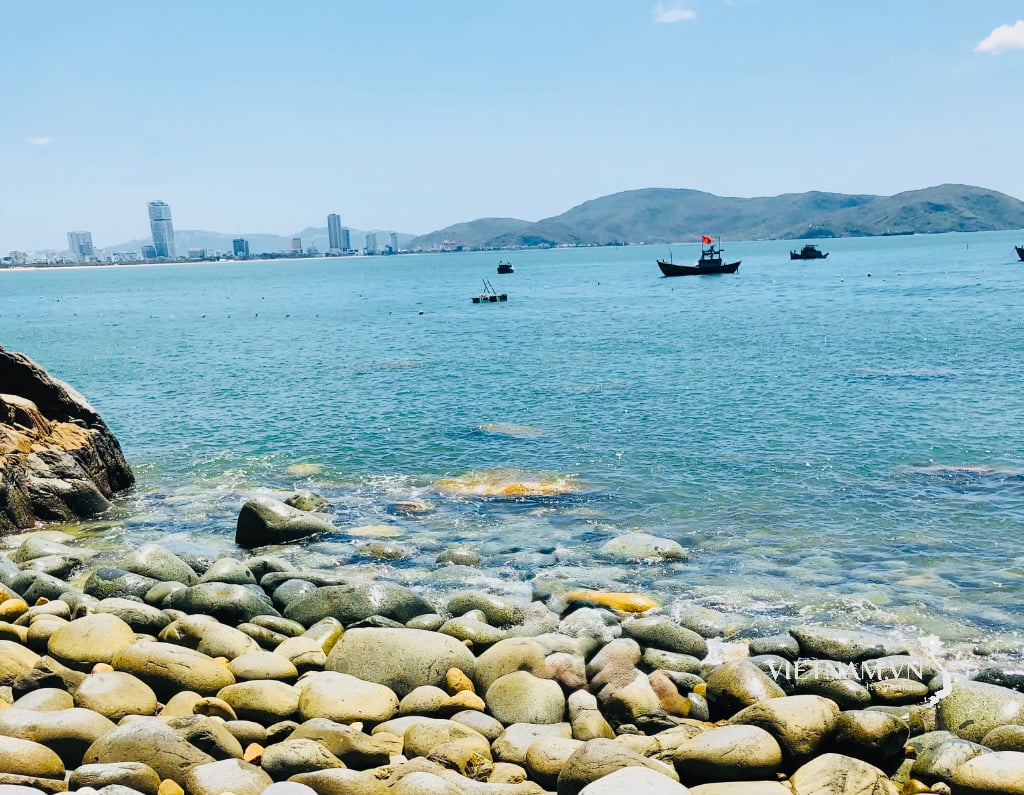
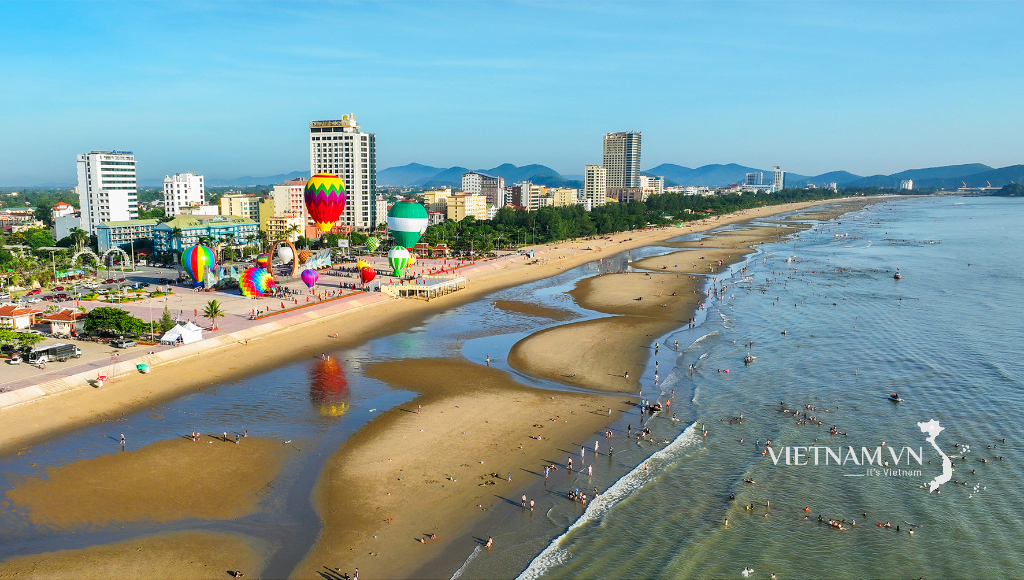

Comment (0)